ח׳ אב ה׳תשפ״ד | August 11, 2024
Lubavitcher Produces ‘Mini Dvar Torah’ in 22 Languages
Seeking to keep contact with people he met on mivtzoim, R’ Eytan Waxman began a weekly mini dvar Torah which he shared in French and English. As the initiative gained interest, he harnessed generative AI to translate them into 22 languages, each reviewed by a native speaker for accuracy.
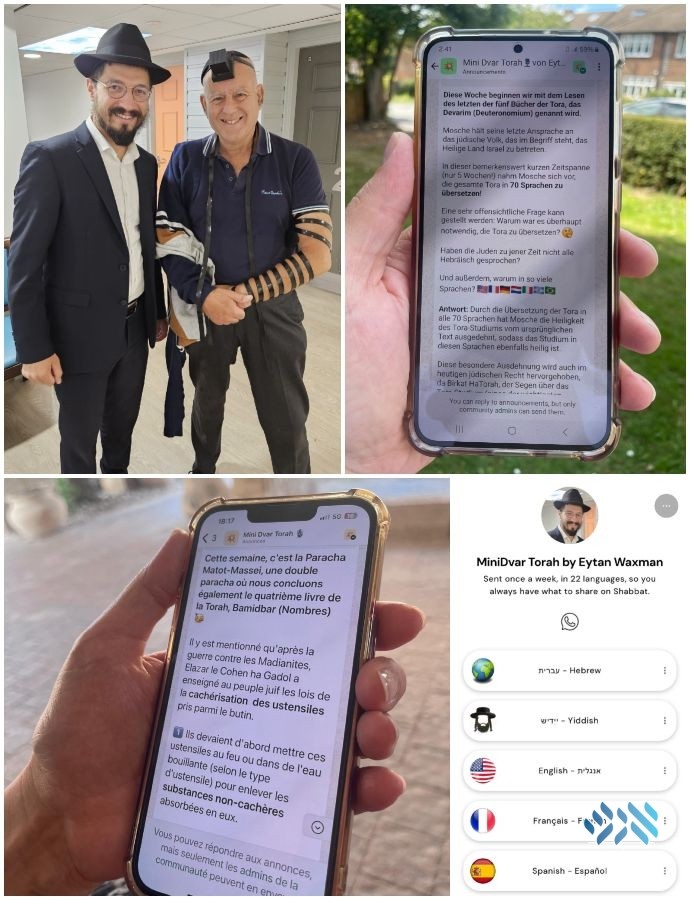
Seeking to keep contact with people he met on mivtzoim, R’ Eytan Waxman began a weekly mini dvar Torah which he shared in French and English. As the initiative gained interest, he harnessed generative AI to translate them into 22 languages, each reviewed by a native speaker for accuracy.
In an inspiring initiative, a weekly Dvar Torah known as the “Mini Dvar Torah” has grown into a project translated into 22 languages, reaching Jewish communities around the globe.
This Dvar Torah is designed to be short, to the point, and easy to share at the Shabbos table or on Mivtzoim.
The “Mini Dvar Torah” began as a personal project by R’ Eytan Waxman to stay connected with people he had met on Mivtzoim.
Initially, he shared his Dvar Torah with French-speaking Jews. As a bilingual, Eytan began translating the content into English. As the initiative gained momentum, he realized that he knew many German-speaking Jews. Using AI, he translated the Dvar Torah into German and sent it to a native speaker to ensure its accuracy.
As the WhatsApp communities grew, he expanded the project reaching 22 languages so far, including Macedonian (a language spoken by approximately 200 Jewish families in North Macedonia).
The content of each Dvar Torah is generally based on a Sicha and is edited by his father-in-law, Rabbi Dovid Cohen, a Shliach on campus in South London.
At one point, he considered pausing the project due to the significant time commitment it required. However, he studied a Sicha based on the verse in Parsha Devarim, where Moshe Rabbeinu translated the Torah into 70 languages before the Jewish people entered Israel. This Sicha emphasizes the significance and importance of translating both Nigleh and Chassidus into multiple languages, inspiring him to continue and expand the project to translate the “Mini Dvar Torah” into every language spoken by native Jewish speakers.
To sign up for any one of the languages, click here.
*
Last week’s Mini Dvar Torah
This week we begin reading the last of the five books of the Torah called Devarim (Deuteronomy).
Moshe gives his final address to the Jewish people as they are about to enter the holy Land of Israel.
During this remarkably short time period (5 weeks!) Moshe undertook to translate the entire Torah into 70 languages!
A very obvious question may be asked: Why was it necessary to translate the Torah at all? 🤔
Didn’t the Jews all speak Hebrew at that time?
And also, why into so many languages? 🇺🇸🇫🇷🇩🇪🇳🇱🇮🇹🇦🇷🇧🇷
Answer: By translating the Torah into all 70 languages, Moshe extended the holiness of studying Torah from its original text, to also be holy when being studied in those languages.
Studying it from the original Hebrew source still remains ideal, as this makes it possible to capture the full meaning and nuances of the text.
Yet studying the Torah in other languages has many benefits:
1️⃣ It helps spread the Torah’s message to those who don’t speak Hebrew yet.
2️⃣ It spiritually elevates other languages.
3️⃣ It also helps repair the sin of the Tower of Babel, when humanity’s single original language (Hebrew) became divided, by reuniting all languages to a single purpose: to carry G-d’s message everywhere.
May the Torah learning from all around the world help bring back our hostages, protect our soldiers, and bring Moshiach now!
🔥 Challenge 🔥
➡️ Learn a section of any part of the Torah – Tanach, Mishna, Halacha, Talmud, Chassidus, or the like – and share it with someone who speaks your native language.
Mini Dvar Torah 💥 Designed for sharing 🎙️ By Eytan Waxman
Available in 22 languages on https://linktr.ee/MiniDvarTorah

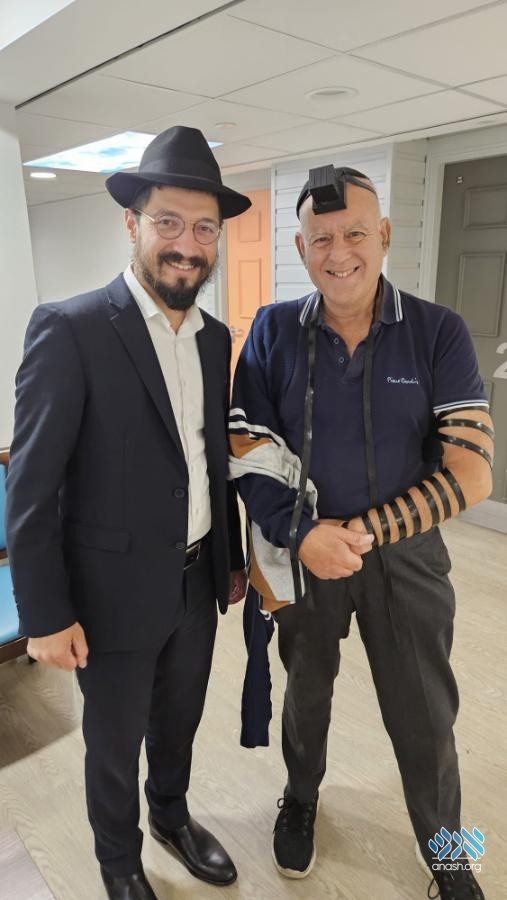

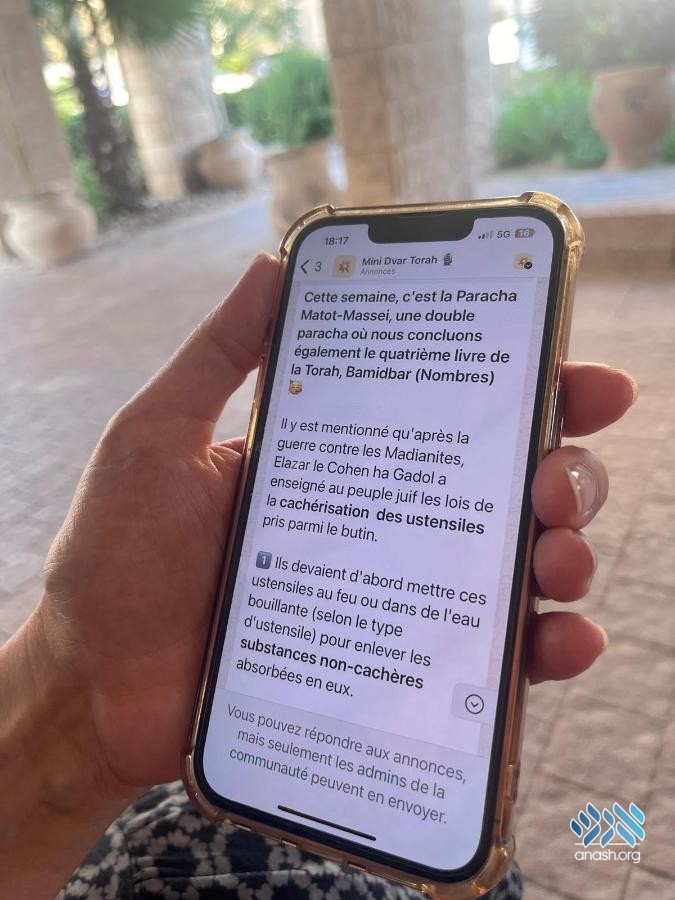
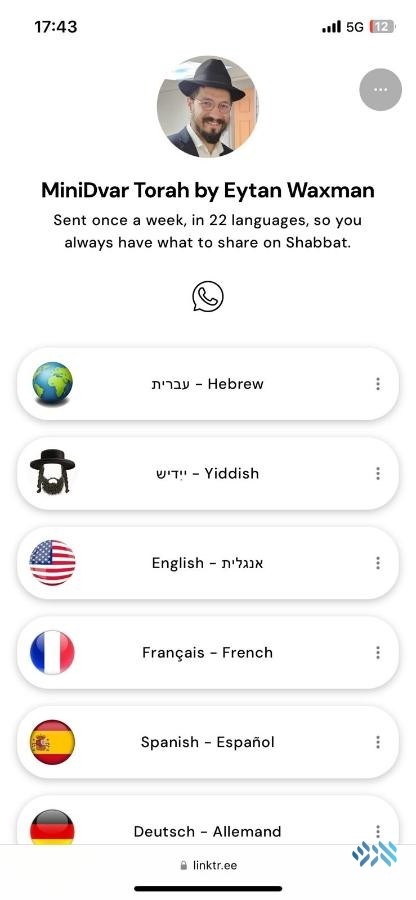
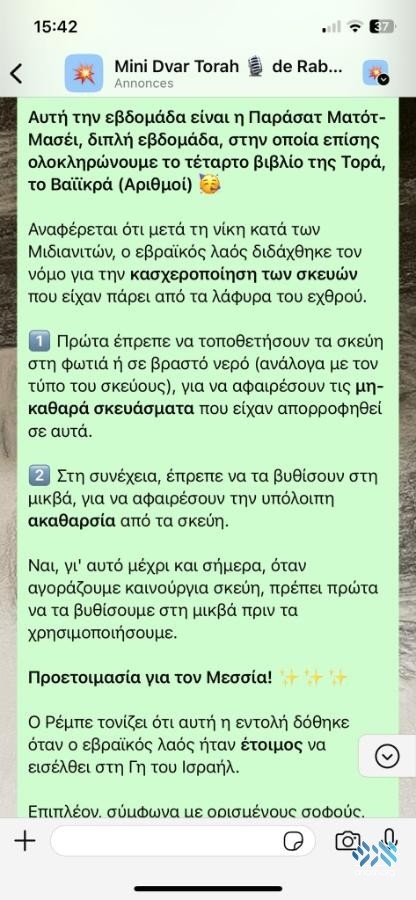

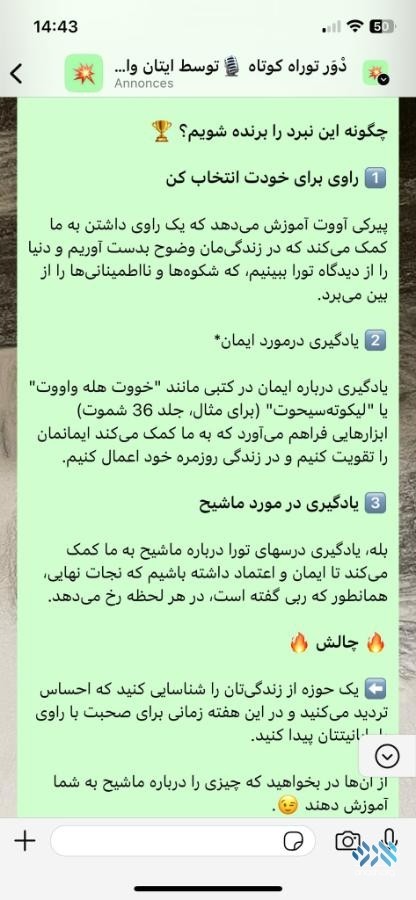
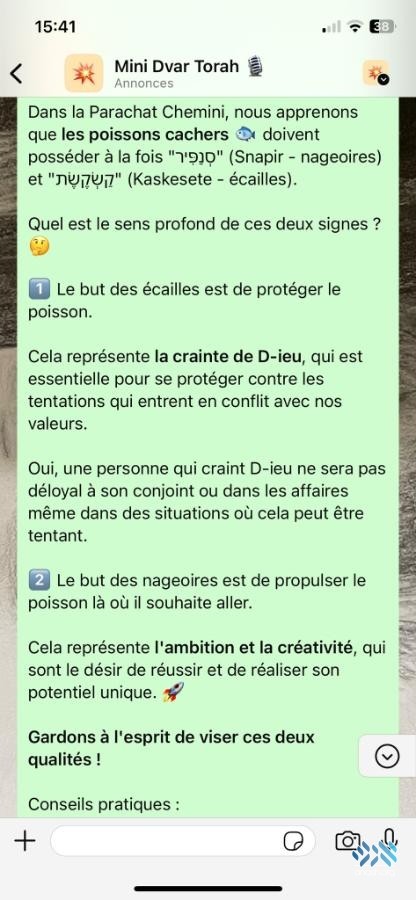

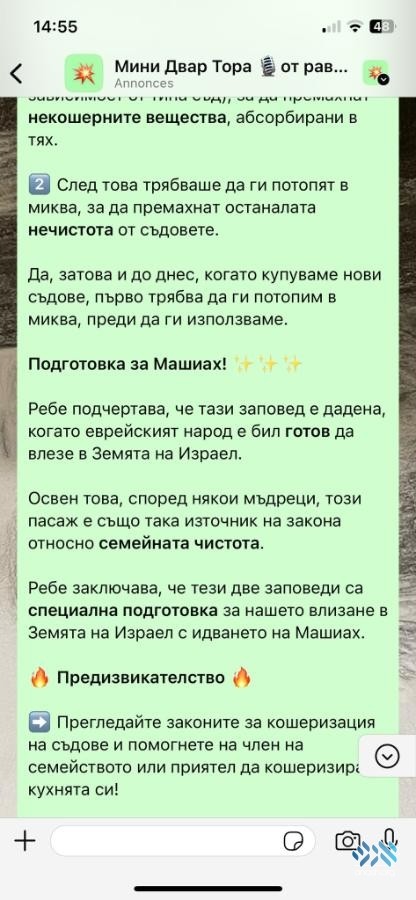
Beautiful initiative kol hakavod